The rustling leaves, the distant call of a bird, the faint chirping of insects—these are the sounds that make up the intricate symphony of a forest. For decades, scientists have relied on visual surveys and manual recordings to study biodiversity. But now, a groundbreaking approach is changing the game: forest sound libraries, powered by artificial intelligence, are unlocking new ways to monitor and protect ecosystems.
In remote corners of the world, from the Amazon rainforest to the boreal forests of Scandinavia, researchers are deploying autonomous recording devices to capture the acoustic fingerprints of these environments. These devices, often left for months at a time, collect thousands of hours of audio. The sheer volume of data would be impossible for humans to analyze manually, but AI is stepping in to fill the gap. By training machine learning models to recognize the calls of specific species, scientists can now track biodiversity with unprecedented precision.
The concept of acoustic monitoring isn’t entirely new, but the integration of AI has supercharged its potential. Traditional methods of biodiversity assessment often involve labor-intensive fieldwork, which can be invasive and limited in scope. Sound, however, offers a non-intrusive way to observe wildlife. Every species has a unique vocal signature—whether it’s the rhythmic drumming of a woodpecker or the ultrasonic pulses of bats. AI algorithms can sift through these sounds, identifying species and even detecting behavioral patterns.
One of the most promising applications of this technology is in conservation. Deforestation, climate change, and human encroachment are pushing many species to the brink. By creating detailed sound libraries, researchers can establish baseline data for healthy ecosystems. When changes occur—such as the disappearance of a key species or the invasion of non-native animals—the AI can flag these shifts in real time. This early warning system allows conservationists to intervene before it’s too late.
Beyond conservation, forest sound libraries are also revolutionizing ecological research. For example, scientists are using AI to study how animals adapt to urban noise pollution. In Costa Rica, researchers found that some birds alter their songs to be heard over the din of traffic. These insights wouldn’t have been possible without the ability to analyze vast datasets of forest sounds. Similarly, in Australia, acoustic monitoring has revealed how wildfires impact animal populations, providing critical data for post-fire recovery efforts.
The technology isn’t without its challenges. Training AI models requires massive, high-quality datasets, and many regions lack comprehensive sound libraries. Background noise—like wind or rain—can also interfere with recordings. Yet, advancements in noise-filtering algorithms and the growing availability of open-source sound databases are steadily overcoming these hurdles. Projects like the Cornell Lab of Ornithology’s Macaulay Library and the Global Biodiversity Information Facility are pooling resources to create shared repositories of bioacoustic data.
Perhaps the most exciting aspect of this work is its accessibility. With the rise of low-cost recording equipment and cloud computing, even small research teams and citizen scientists can contribute to forest sound libraries. In some cases, local communities are being trained to deploy recording devices in their own forests, empowering them to monitor their natural heritage. This democratization of data collection could lead to a global network of acoustic monitoring stations, providing a real-time pulse on the planet’s biodiversity.
As the technology matures, the potential applications continue to expand. Some researchers are exploring how AI can detect stress in animal calls, offering clues about environmental health. Others are using sound to track migratory patterns or to study the interactions between species. The forest, once a silent witness to the passage of time, is now speaking—and AI is listening.
In the end, forest sound libraries represent more than just a scientific tool. They are a testament to the interconnectedness of life, a reminder that every creature, no matter how small, has a voice in the chorus of nature. By harnessing the power of AI, we are not only preserving biodiversity but also deepening our understanding of the delicate balance that sustains it.

By /Aug 12, 2025

By /Aug 12, 2025
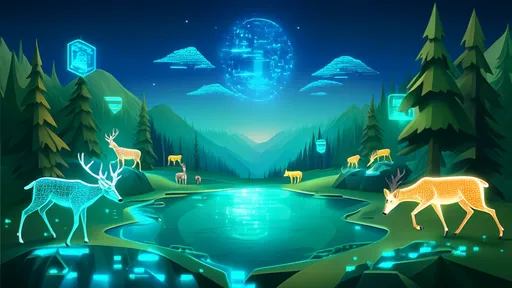
By /Aug 12, 2025
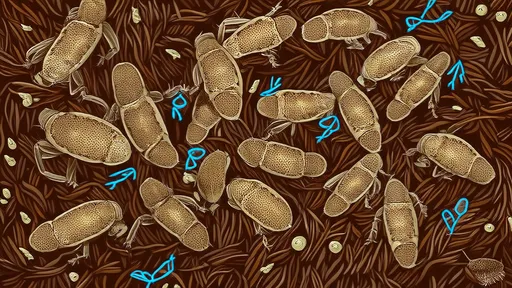
By /Aug 12, 2025

By /Aug 12, 2025
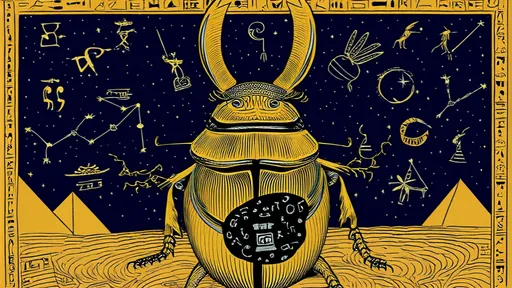
By /Aug 12, 2025

By /Aug 12, 2025

By /Aug 12, 2025

By /Aug 12, 2025

By /Aug 12, 2025
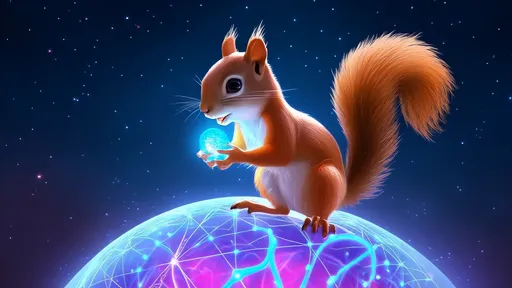
By /Aug 12, 2025
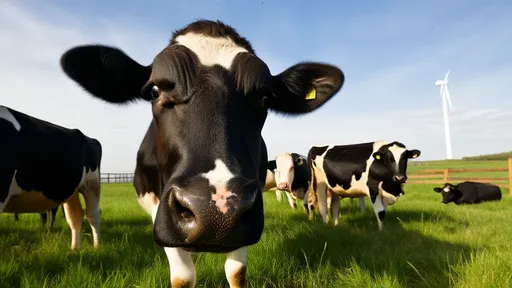
By /Aug 12, 2025

By /Aug 12, 2025

By /Aug 12, 2025
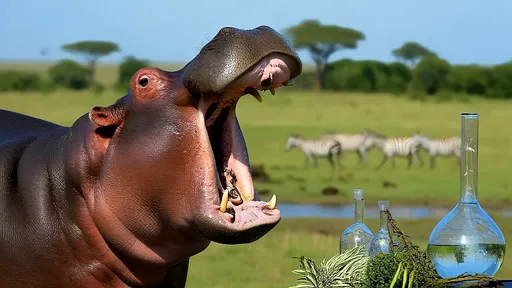
By /Aug 12, 2025

By /Aug 12, 2025

By /Aug 12, 2025
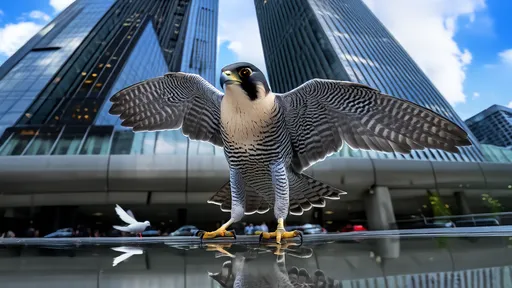
By /Aug 12, 2025

By /Aug 12, 2025

By /Aug 12, 2025